More and more women are choosing to aggressively treat a cancer diagnosis in one breast with a double mastectomy, but new research says that won’t make a difference in long-term survival rates.
A large new study by the Stanford University School of Medicine and the Cancer Prevention Institute of California found that the rate of double mastectomies jumped from 2.0 percent in 1998 to 12.3 percent in 2013. But survival rates were similar to those who had the more targeted procedure of breast-conserving surgery — when just the malignant lump is removed, followed by radiation. The findings were published Tuesday in the Journal of the American Medical Association.
“When faced with a new breast cancer diagnosis, many patients assume that they will achieve a survival advantage by pursuing the most aggressive surgical strategy,” wrote Lisa Newman, director of the Breast Care Center at the University of Michigan, in an editorial accompanying the JAMA article.
That assumption is misguided, based on results of the study, published in the Journal of the American Medical Association (JAMA), which analyzed survival for nearly 200,000 patients in the California Cancer Registry from 1998 to 2011. In that group — women with cancer in one breast — 55 percent had just the lump removed followed by radiation treatment, 39 percent had one breast removed and 6 percent had both breasts removed. The 10-year survival rate was 83.2 percent, 81.2 percent, and 79.9 percent, respectively. Survival rates for patients who had lumpectomies to treat cancer were nearly identical to those who had both breasts removed.
“There’s no guarantee that by having the second breast removed that you will do better,” said Len Lichtenfeld, deputy chief medical officer of the American Cancer Society, who had no role in the research.
The analysis doesn’t break down different types of breast cancers, but it is the first to directly compare survival rates following the three most common breast cancer surgeries.
These findings might prompt insurers to think twice about covering double mastectomies after cancer is found in one breast, and it’s important to consider whether such surgery is justified “in an era of escalating medical costs and uncertainty regarding how to contain these costs while continuing to promote a healthy population,” Dr. Newman wrote.
A mastectomy is a major procedure that can require significant recovery time and may entail breast reconstruction, the lead author, Allison Kurian, an assistant professor of medicine and of health research and policy at Stanford, said in a statement. “Whereas a lumpectomy is much less invasive with a shorter recovery period,” she said.
Nonetheless, younger women in particular are opting for a more drastic approach. In 2011 alone, 33 percent of women with cancer in one breast under age 40 opted to remove both breasts, compared to 3.6 percent in 1998. Most of those choosing double mastectomies are white, have private insurance and receive treatment at a National Cancer Institute-designated cancer center, the researchers found.
Local breast cancer experts weren’t surprised by the findings.
“This confirms what medical professionals have always suspected,” said Kathleen Erb, a breast cancer surgeon at Allegheny General Hospital. “It tells us what we felt was true: There is no survival benefit to removing an unaffected breast, except in special cases.”
Those special cases would include women who test positive for the so-called BRCA1 or BRCA2 genes or other mutations. A genetic predisposition may mean that a double mastectomy can lower risk significantly, even if cancer hasn’t been diagnosed yet, noted Kandace McGuire, a surgeon who is director of the pre-menopausal breast cancer program at Magee-Womens Hospital of UPMC.
In May 2013, Hollywood star Angelina Jolie made headlines when she decided to have a preventive double mastectomy after testing positive for the BRCA gene. Other celebrities have had the surgery as well.
”There’s this attitude, ‘I never want this to happen again.’ I can’t tell you how many times I’ve heard women say that to me” when requesting a double mastectomy, said Dr. McGuire, even though the likelihood of the initial cancer recurring in either breast is quite small.
”Most women diagnosed with breast cancer live a long, long life, and removing the opposite breast doesn’t improve that already good outcome.”
